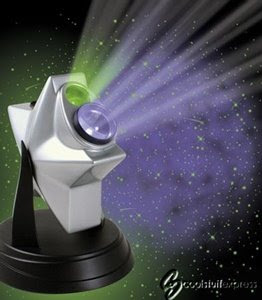 It’s Health Span Stupid.
It’s Health Span Stupid.Some very nice mice were subject to studies in health and longevity.
A mouse gym was built, which held a miniature exercise machine that tested the rodents’ ability to balance on a rotating bar.
Near nearby a water maze, were the nice mice recalled visual cues to swim to safety on a hidden platform. A test of their powers of nice mice memory.
There reason of the nice mice Olympic stadium?
A company called ‘Sirtris’ has two drugs in clinical trials.
One is being tested against Type 2 diabetes, one of the many diseases of aging that the company’s scientists hope the drugs will avert. With success against just one such disease, the impact on health “could be possibly transformational.
The new drugs are called ‘Sirtuin Activators,’ meaning that they activate an enzyme called Sirtuin. The basic theory is that all or most species have an ancient strategy for riding out famines: switch resources from reproduction to tissue maintenance.
A healthy diet but with 30 percent fewer calories than usual triggers this reaction in mice and is the one intervention that reliably increases their life span. The mice seem to live longer because they are somehow protected from the usual diseases that kill them.
But most people cannot keep to a diet with a 30 percent cut in calories, so a drug that could activate the famine reflex might be highly desirable.
The Sirtris drug being tested in diabetic patients is a special formulation of resveratrol that delivers a bloodstream dose five times as high as the chemical alone. This drug, called SRT501, has passed safety tests and, at least in small-scale trials, has reduced the patients’ glucose levels.
The other drug is a small synthetic chemical that is a thousand times as potent as resveratrol in activating sirtuin and can be given at a much smaller dose. Safety tests in people have just started, with no adverse effects so far.
The hope is that activating sirtuins in people would, like a calorically restricted diet in mice, avert degenerative diseases of aging like diabetes, heart disease, cancer and Alzheimer’s.
There is no Food and Drug Administration category for longevity drugs, so if the company is to submit a drug for approval, it needs to be for a specific disease.
Nonetheless, longevity is what has motivated the researchers and what makes the drugs potentially so appealing.
Dr. Christoph Westphal, the chief executive of Sirtris, said of the potential of the drugs, “I think that if we are right, this could extend life span by 5 or 10 percent.” He added that his goal was to develop drugs against specific diseases, with the extension of life being “almost a side effect of our medicine.”
In initial tests in mice, resveratrol has doubled muscular endurance, lowered the bad form of cholesterol, protected against various bad effects of a high-fat diet and suppressed colon cancer. New reports are confirming some of these benefits, but others are ambiguous or puzzling.
The frontiers of science are often turbulent, and it can take years for clarity to emerge from confusion. Dr. Westphal said the decision to ignore the academic debate about exactly how resveratrol may work was one of two principal reasons for Sirtris’s quick success. The other was to focus the company’s limited resources on developing just two drugs.
There’s a much greater chance of a drug that can treat disease than of extending life span. The goal is not the extension of human life span; rather, the prolongation of health is the aim.







